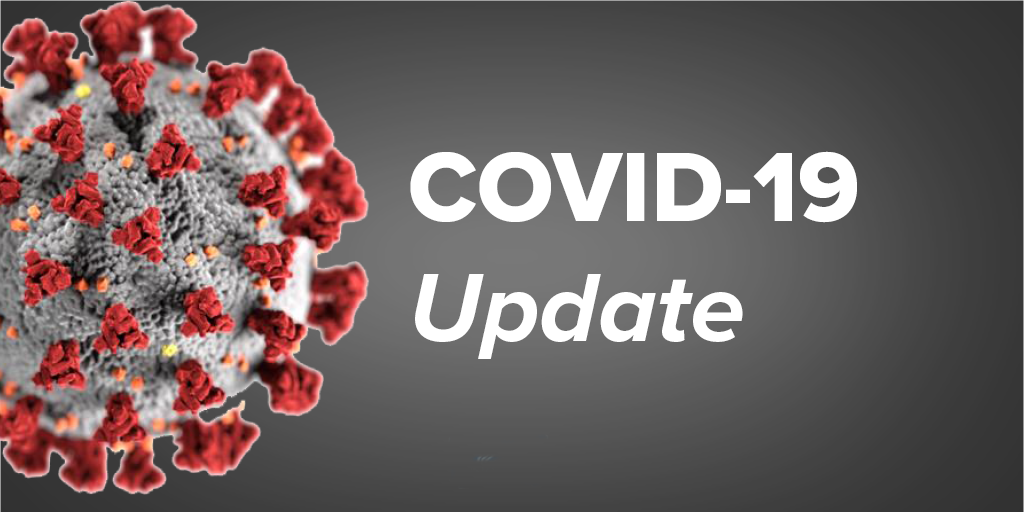A baby born with the coronavirus has provided the ‘strongest evidence yet’ that the infection can be caught in the womb, doctors claim.
The unnamed girl, from Texas, was wheeled into intensive care as soon as she was born because her mother had been diagnosed with COVID-19.
She tested positive for the coronavirus the day after birth, having suffered breathing problems and a fever — two tell-tale signs of the disease.
When scientists analysed her placenta, they found inflammation and traces of the coronavirus.
This proves that the baby caught the virus while in the womb rather than after she had been born, the team claimed.
Last week Italian experts also found ‘strong evidence’ of transmission in the womb because the virus was discovered in umbilical cord blood and the placenta.
Until now, scientists have said the transmission of the virus through the placenta ‘can not be ruled out’ after reports of newborns being born with COVID-19.
Since the pandemic began, doctors have wondered whether babies can catch the infection during pregnancy and are conducting research on the few cases they can find.
HIV, Zika and some other viruses can infect a foetus this way, and so scientists say it is possible COVID-19 — which has killed more than half a million people globally — also could.
Several early reports from China suggested this, although doctors say it is difficult to find whether the baby just picked the virus up during birth or in the hospital.
Dr Amanda Evans was one of the authors of the latest case study at The University of Texas Southwestern Medical Center, Dallas, published in The Pediatric Infectious Disease Journal.
She said: ‘Numerous infants have now been delivered to pregnant women diagnosed with SARS-CoV-2, with the majority of these infants without respiratory illness or positive molecular evidence for SARS-CoV-2.
‘Our study is the first to document intrauterine transmission of the infection during pregnancy, based on immunohistochemical and ultrastructural evidence of SARS-CoV-2 infection in the fetal cells of the placenta.’
The baby — who wasn’t identified — was born three weeks premature, at 34 weeks gestation, because her mother had premature rupture of membranes (PROM), when the membranes of the sac break before labour.
Up to 40 per cent of pre-term births are due to PROM, a condition sometimes caused by an infection. It is unclear if it was triggered by the coronavirus.
The baby was also large for her age, a complication of her mother’s diabetes during pregnancy.
At first she appeared healthy — other than being premature, when she was taken to the neonatal intensive care unit.
But doctors were aware she could have been exposed to the coronavirus, which is scientifically called SARS-CoV-2, via her mother.
On the day after she was born, medics discovered her vitals had changed. She had mild difficulties breathing as well as a fever.
The doctors said it was unlikely that the respiratory distress was due to the fact she had been born premature, considering it did not start for 24 hours.
She tested positive for the coronavirus and was treated with supplemental oxygen for several days but did not need mechanical ventilation.
COVID-19 tests remained positive for up to 14 days. At 21 days, the mother and infant were sent home in good condition.
The researchers examined the placenta, which showed signs of tissue inflammation. They also found the specific coronavirus proteins in the cells of the placenta.
Together, these findings ‘strongly suggest’ that the infection was transmitted in the womb, rather than during or after birth, doctors said.
This is medically called ‘utero transmission’, and experts have said the passing of the coronavirus this was was probable for some time.
‘We wanted to be very careful of our interpretation of this data, but now is an even more important time for pregnant women to protect themselves from COVID-19,’ Dr Evans said.
The report, led by Dr Julide Sisman, detailed two other cases of ‘vertical transmission’ of the coronavirus, which is when it would pass immediately before or after birth and not in the womb
The authors said it is difficult to determine at which point a baby with the coronavirus picked it up.
The new case report is the ‘strongest evidence to date’ that uterine transmission is possible, the press release from journal publishers Wolters Kluwer said.
It follows a small study in Italy which also found pregnant woman infected with the coronavirus may be able to spread it to unborn babies.
Researchers studied 31 women with COVID-19, who gave birth between March and April. Two babies tested positive for the virus.
They found signs of the coronavirus in several samples of umbilical cord blood, the placenta and, in one case, breast milk.
In one case, ‘there’s strong evidence suggesting that the newborn was born already positive because we found the virus in the umbilical cord blood and in the placenta,’ said study leader, Dr Claudio Fenizia, an immunology specialist at the University of Milan.
However, he said women shouldn’t panic because the virus detected in the placenta and other areas isn’t necessarily viable – in other words ‘catching’.
‘It’s too early to make guidelines,’ Dr Fenizia said at an online medical conference, according to the news agency AP.




